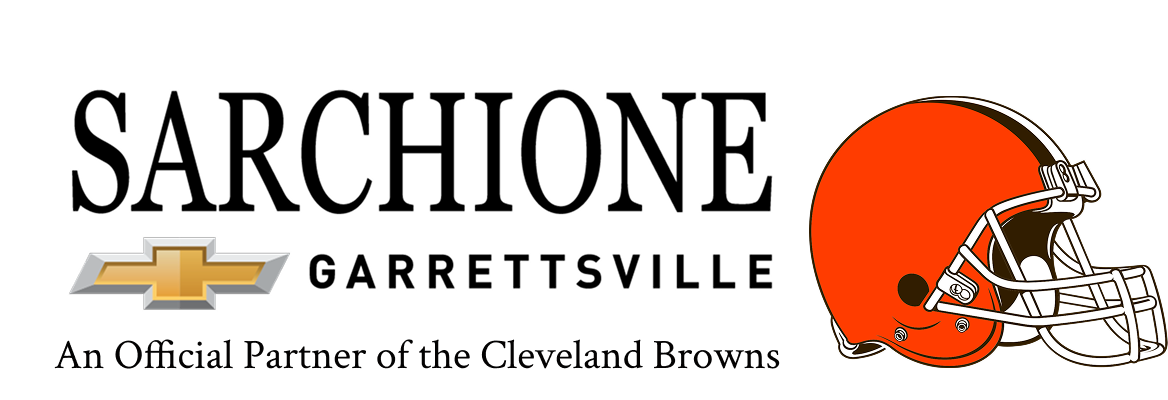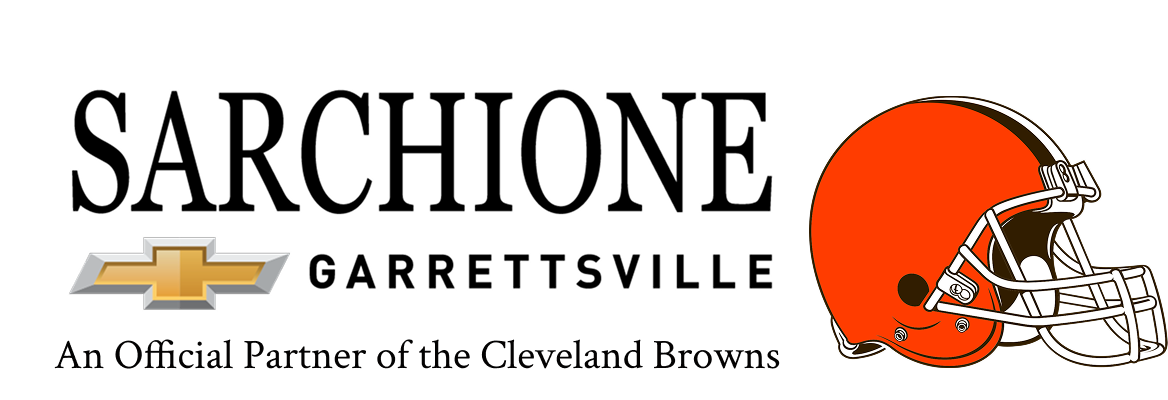The braking system in a Chevy is one of its most critical safety components, and when problems arise with the brake actuator, immediate attention is required. If you’ve noticed unresponsive brakes, warning lights on the dashboard, or unusual noises when braking, you may be dealing with a failing actuator.
Understanding how to fix Chevy brake actuator issues is crucial for maintaining both safety and vehicle performance. This guide will walk you through the causes, signs, and solutions, giving you the knowledge to handle actuator problems with confidence and professionalism.
Understanding the Chevy Brake Actuator
The brake actuator is a central part of the anti-lock braking system (ABS) in modern Chevy vehicles. It controls the hydraulic pressure sent to each wheel, ensuring stability and preventing wheel lock-up during sudden or hard braking. When this component begins to fail, the ABS system cannot properly regulate brake pressure, leading to reduced safety and compromised performance.
Drivers often notice warning indicators such as the ABS light or experience a spongy brake pedal. By understanding how the actuator functions, you can appreciate why resolving any malfunction promptly is essential to prevent further damage to the braking system. Taking action early helps maintain smooth operation and extends the overall lifespan of your vehicle’s braking system.
Common Causes of Brake Actuator Failure
Chevy brake actuators may fail due to several reasons, and knowing these causes is the first step toward effective repair. Over time, internal components such as solenoids and valves may wear out, leading to uneven distribution of brake pressure. Hydraulic fluid contamination is another common culprit, as dirt or moisture inside the system can corrode sensitive parts.
Electrical problems, including faulty wiring or damaged sensors, can also prevent the actuator from communicating properly with the ABS control module. In addition, normal wear and tear after years of use may simply cause the unit to lose efficiency, demanding either repair or replacement. Recognizing these root causes ensures that repairs are targeted and long-lasting rather than temporary fixes.
Diagnosing Chevy Brake Actuator Issues
Before attempting to fix the problem, proper diagnosis is critical. Mechanics typically use an OBD-II scanner to read trouble codes from the vehicle’s onboard computer, which often indicate actuator or ABS system malfunctions. Drivers may observe symptoms such as longer stopping distances, unusual brake pedal feedback, or inconsistent braking response.
In some cases, fluid leaks around the actuator unit can also point to hydraulic failure. Confirming the root cause helps avoid unnecessary repairs and ensures the right solution is applied. Professional inspection is recommended if the warning signs persist or if advanced diagnostic tools are required.
Repairing or Replacing the Brake Actuator
Once the problem is identified, the solution depends on the severity of the issue. Minor problems, such as contaminated brake fluid, can be addressed by flushing and replacing the fluid while ensuring that the system is properly bled. Electrical faults may be resolved by repairing wiring connections or replacing damaged sensors.
However, if the actuator itself has suffered significant wear or mechanical failure, replacement is often the most reliable option. Professional installation ensures proper calibration with the ABS system and guarantees that your Chevy’s braking performance is restored to factory standards. Investing in timely repairs not only protects your vehicle but also ensures safety on the road.


